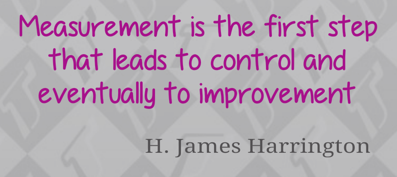Why Build Workplace Resilience?
Because every year an estimated 17 million workdays, are lost to stress, anxiety and depression, according to the UK Mental Health Foundation.
Then, the stress, anxiety and depression that caused the lost workdays, flows onto increased workloads for workers who have to cover for absent colleagues, increasing the workplace stress and anxiety. This contributes to a dangerous spiral of increasing negative workplace impacts, with an increasingly adverse effect on productivity. Culminating, in sick workplaces and/or, higher staff turnover.
 As an employer or manager, if you are not concerned with building resilience and easing stress in the workplace you should be. Consider steps such as reviewing workloads and encouraging employees to discuss their quantity versus quality of work capabilities. Offering flexible working arrangements and nurture a culture of reasonable working hours with regular breaks. I suggest these as some first measures, because it may be necessary to reduce the stress and anxiety levels of employees in order to successfully implement resilience-building strategies.
As an employer or manager, if you are not concerned with building resilience and easing stress in the workplace you should be. Consider steps such as reviewing workloads and encouraging employees to discuss their quantity versus quality of work capabilities. Offering flexible working arrangements and nurture a culture of reasonable working hours with regular breaks. I suggest these as some first measures, because it may be necessary to reduce the stress and anxiety levels of employees in order to successfully implement resilience-building strategies.
Some people cope with stressful situations better than others, and some people cope better with long-term stressors than others. Both of these capabilities stem from being more resilient. Sometimes, these people thrive whilst others around them crumble under the pressure, others demonstrate an ability to support and assist others to survive and recover stressful times and situations. But the good news is that resilience is not an innate fixed personality trait, although some appear to be blessed with a natural level of resilience than others. Just like our natural weight and happiness quotas, and like these, resilience can be taught and learned. Your workplace is an ideal setting for people to learn to build resilience - and reap the benefits.
What threatens resilience and mental health in the workplace?
Modern workplaces can present many challenges and negative situations that deplete mental health. Although the excessive workload is often slated as the cause, and often it is, however, lack of control is more often the root cause - not having enough control of your workload, can make workloads weight heavier on employees. Lack of autonomy, not having control over how or when tasks are undertaken and completed is stressful, often this is combined with bullying, lack of managerial support or ineffective teamwork. That's before we look at the constant organisational and global changes that also bring stress.Customers, suppliers and colleagues in different time zones ended fixed working hours, the emergence of Me Inc. and decline in job security, new technologies requiring regular skill updates are just some of the "threats" to the modern worker.

In today's workplace (and tomorrow's) we all need to be able to adjust to adversity, maintain some sense of control of our environment and personal equilibrium to be able to move forward in a positive manner, which is the very definition of resilience.
Sone words from the wise,"Measurement is the first step that leads to control and eventually to improvement." (H. James Harrington). "If it can't be expressed in figures it is not science; it is opinion." (Robert Heinlein).
Launching the new resilience profile designed for the workplace and professional sports...
The next post will focus on How managers employers can boost resilience in the workplace.




)
)
)
)
)
)
)
)
)
)

